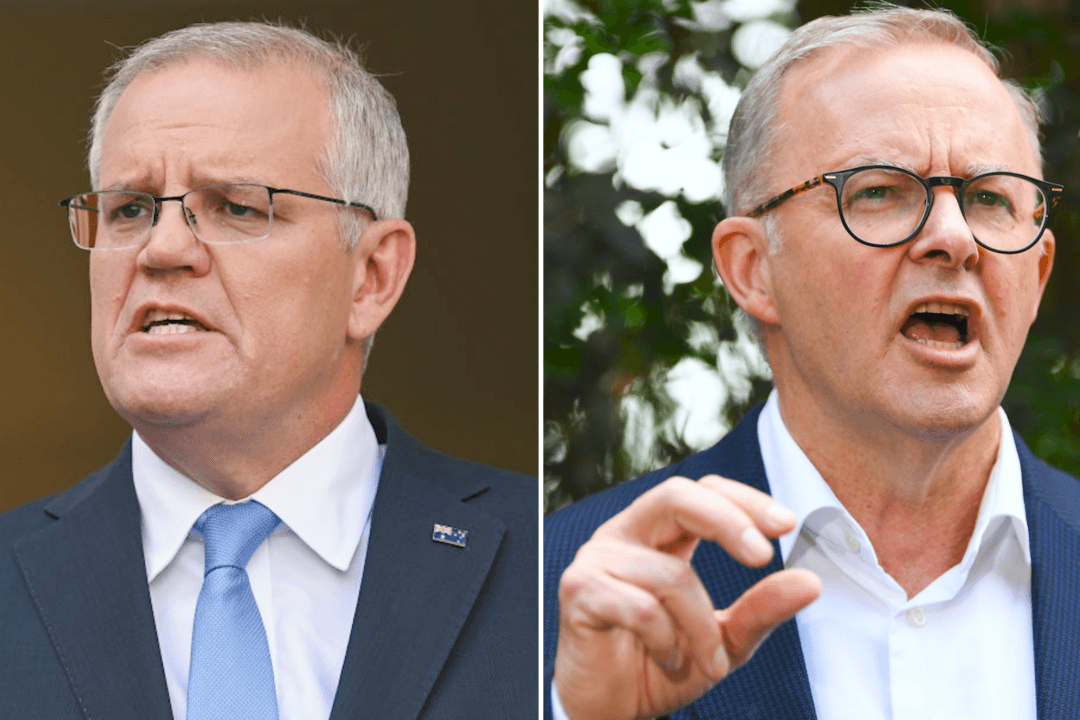Both major parties are dealing with Australia’s housing affordability issues with short term responses that will only drive up the cost of homes, according to the chief economist at the Centre for Independent Studies, Peter Tulip.
Tulip’s comments come after the federal opposition Labor Party announced its housing affordability strategy on May 1.





